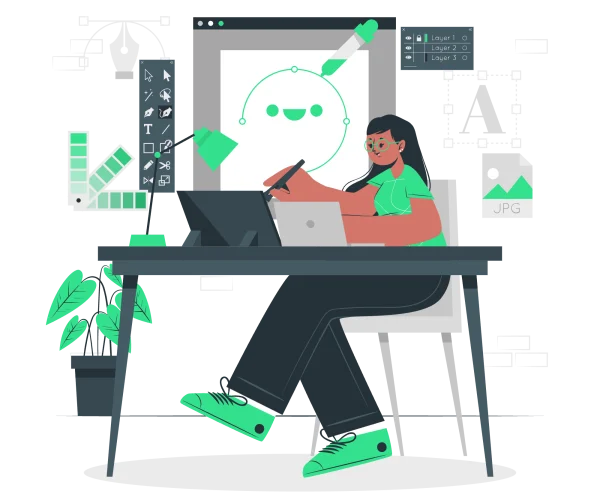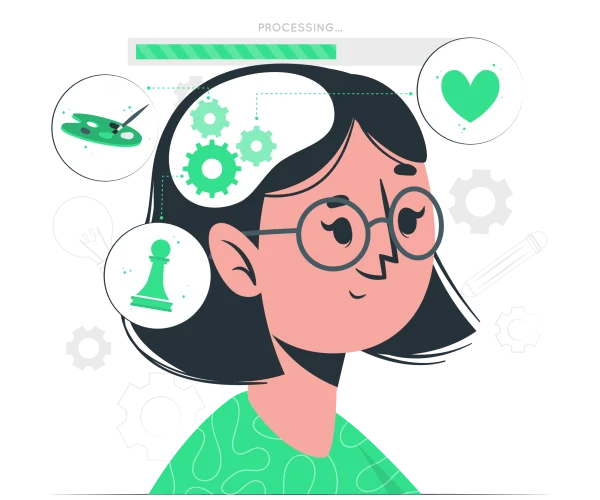For a branding agency, implementing emotional design means understanding the target audience’s emotional triggers and weaving them into the design process—from the colour scheme and typography to the overall user interface and experience. By focusing on emotional design, brands can make sure their products are not just used but loved, resulting in higher engagement, stronger customer relationships, and greater success in the long run.
Must Read: What Is UI/UX Design: A Comprehensive Guide.

Emotional design in user experience is about more than just looks. It’s about creating an environment where users feel comfortable and motivated to interact. A well-designed interface can guide users intuitively, making their journey seamless and enjoyable. This heightened engagement often translates to longer visit durations and higher conversion rates.
Emotional design plays a significant role in brand perception. When users have a positive emotional response to a brand’s digital presence, they are more likely to develop brand loyalty. Consistent, aesthetically pleasing designs that reflect the brand’s values and personality can create a lasting emotional bond with users, encouraging repeat visits and advocacy.

The emotional effect of design can be profound. By carefully selecting colours, typography, imagery, and layout, designers can evoke a range of emotions such as happiness, trust, excitement, or calmness.
These emotions can influence user behaviour in various ways:
Colour Psychology: Different colours can trigger different responses. For example, blue is often associated with trust and dependability, making it popular for financial institutions, while red can evoke excitement and urgency, suitable for call-to-action buttons.
Typography: The style and size of fonts can impact readability and mood. Clean, modern fonts can convey professionalism and simplicity, while playful, handwritten fonts can create a sense of fun and creativity.
Imagery: High-quality images and graphics can capture attention and communicate messages quickly. Emotional design leverages visuals that align with the desired emotional response, whether it’s the warmth of human faces or the excitement of dynamic scenes.
Improves User Satisfaction: When users feel good while interacting with a product, they are more likely to have a positive overall experience. Satisfied users are less likely to abandon a product and more likely to recommend it to others.
Increases Conversion Rates: Emotional connections can drive decision-making. A well-designed interface that evokes trust and joy can lead to higher conversion rates, whether it’s making a purchase, signing up for a newsletter, or sharing content on social media.
Differentiates the Brand: In a crowded market, brands that invest in emotional design can stand out. Unique, emotionally engaging designs can set a brand apart from competitors, creating a distinct identity that resonates with users.
In today’s world, where users have countless options at their fingertips, emotional design is the key to standing out and making a lasting impression. It’s about creating those “wow” moments that make users say, “I love this!” For a brand, these moments can turn casual users into loyal advocates. It’s the difference between a one-time user and a lifelong fan. Investing in emotional design is really about investing in the user’s emotional journey with your brand. It’s not just a nice-to-have; it’s a must-have. When users feel emotionally connected to your brand, they’re more likely to trust you, recommend you to others, and remain loyal in the long run. This kind of investment promises substantial returns in user loyalty and overall business success.